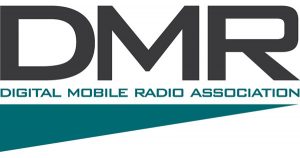There is a lot of confusion on whether DMR is legal to use in the amateur bands. The short answer is an unequivocal yes. DMR is legal on the ham bands.
I’d like to preface this by saying that I am not a lawyer and this is not legal advice. For more information, please contact the ARRL Regulatory and Advocacy group at [email protected] or your local volunteer counsel.
On June 9, 2014, the FCC issued Decision FCC 14-74 which changes 97.3(c)(5) to state:
(5) Phone. Speech and other sound emissions having designators with A, C, D, F, G, H, J or R as the first symbol; 1, 2, 3 or X as the second symbol; E as the third symbol. Also speech emissions having B or F as the first symbol; 7, 8 or 9 as the second symbol; E as the third symbol. MCW for the purpose of performing the station identification procedure, or for providing telegraphy practice interspersed with speech. Incidental tones for the purpose of selective calling or alerting or to control the level of a demodulated signal may also be considered phone.
That same decision also changes 97.307(f)(8) to state:
(8) A RTTY or data emission having designators with A, B, C, D, E, F, G, H, J or R as the first symbol; 1, 2, 7, 9 or X as the second symbol; and D or W as the third symbol is also authorized.
FCC uses so-called “emissions designators” to specify individual types of emissions. The emissions designator for two-slot DMR TDMA voice is FXE (which is covered in 97.3(c)(5)) and the designator for two-slot DMR TDMA data is FXD (covered in 97.307(f)(8)).
Although DMR was not expressly prohibited before, its legality was ambiguous at best. This decision made it clear that DMR is absolutely allowed on amateur radio.
Sources:
- http://www.arrl.org/part-97-text
- http://www.va3xpr.net/fcc-officially-gives-the-green-light-to-dmr-for-us-hams/
- https://www.fcc.gov/document/fcc-modifies-amateur-service-testing-and-emission-rules

